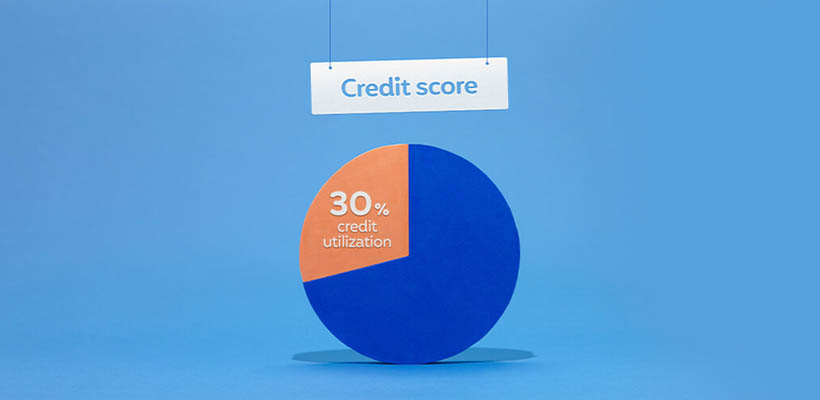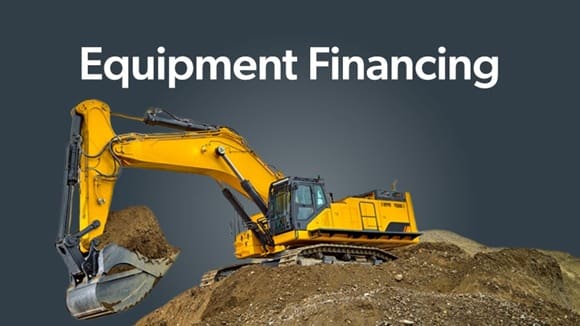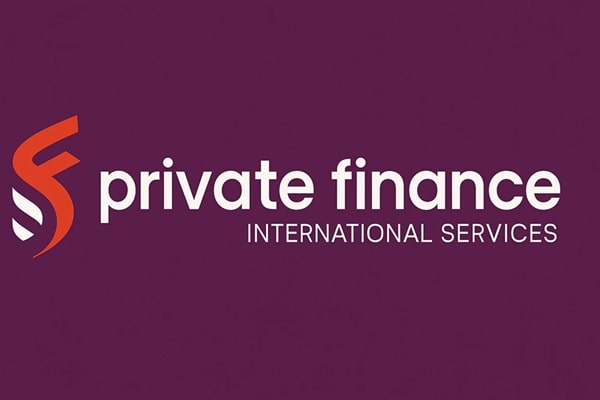Credit scores can feel like a mystery, but one of the most influential factors is something called credit utilization. Put simply, this is the percentage of your available credit that you are currently using. It matters because lenders see it as a snapshot of how dependent you are on credit. A high utilization rate suggests risk, while a lower one signals responsible management. For people working toward credit card debt relief, understanding and improving credit utilization can play a big role in rebuilding financial health and improving future borrowing opportunities.
What Credit Utilization Really Means

Credit utilization is calculated by dividing the total amount of credit you’re using by the total credit available to you. For example, if you have a combined credit limit of $10,000 across all your cards and your balances total $3,000, your utilization rate is 30 percent. Most financial experts recommend keeping this number below 30 percent, though lower is even better. The reason it matters is that lenders view low utilization as a sign that you can access credit without being dependent on it.
Why High Utilization Hurts Your Score
When your credit utilization climbs too high, it signals to lenders that you may be relying heavily on credit to cover expenses. Even if you’re making minimum payments on time, a high percentage of used credit can make you look financially stretched. This perceived risk often causes credit scores to drop significantly. The impact can be frustrating if you’re otherwise keeping up with payments, but it highlights how credit scores are designed to measure risk, not just repayment history.
Strategies to Lower Utilization
Fortunately, there are several practical steps to bring down your utilization and boost your score. The most straightforward is to pay down existing balances as aggressively as possible. Even making smaller extra payments more often than the minimum can quickly reduce your utilization rate. Another option is to ask for a credit limit increase from your issuer. If approved, your utilization percentage drops as long as your spending doesn’t rise. Opening a new credit line can also reduce utilization by increasing total available credit, though this should be done cautiously since new accounts can temporarily impact your score.
Timing Your Payments Matters
One lesser-known factor is that credit utilization is often reported to credit bureaus at the time of your billing statement, not when you pay. This means even if you pay off your balance in full every month, your utilization may still appear high if the balance is large at the time of reporting. A useful tactic is to make payments before the statement closes. This ensures a lower balance is reported, helping keep your utilization low in the eyes of credit scoring models.
Balancing Debt Relief and Utilization
If you’re actively pursuing credit card debt relief, it’s important to balance your efforts with strategies that keep utilization low. Consolidation programs, balance transfers, or structured repayment plans can reduce interest and simplify payments, but they may also affect your available credit. Keeping track of how these strategies impact your utilization helps you manage not only your debt but also your credit score during the process. Combining debt relief with mindful utilization management ensures you’re setting yourself up for both short-term relief and long-term success.
Avoiding Common Pitfalls
While lowering utilization is important, it’s easy to fall into traps that can undo your progress. For example, closing old credit cards might seem like a good idea, but it often reduces your overall available credit, which raises utilization. Similarly, opening multiple new accounts in a short period may reduce utilization but can harm your score due to too many hard inquiries. The best approach is steady and thoughtful changes that focus on sustainable improvement.
The Long-Term Benefits of Managing Utilization
Credit utilization isn’t just about the score itself—it affects real-life opportunities. A healthier credit score can lead to better loan approvals, lower interest rates, and even improved chances for rental applications or job opportunities. By managing utilization carefully, you’re not only boosting your credit profile but also building a stronger financial foundation for the future. It’s one of those behind-the-scenes habits that pays off in visible, practical ways over time.
Building a Responsible Credit Mindset
At the heart of managing credit utilization is mindset. Treating credit as a tool rather than a lifeline makes all the difference. This means using it intentionally, paying balances consistently, and avoiding the temptation to max out limits. By developing this responsible approach, you naturally keep utilization in check. Over time, it becomes less about managing numbers and more about reinforcing habits that support long-term financial health.
Credit utilization may seem like just one piece of the credit score puzzle, but it’s a powerful one. By keeping your utilization low through mindful spending, timely payments, and smart strategies, you can strengthen your credit score and reduce financial stress. For those working through credit card debt relief, this knowledge provides an added advantage, ensuring your efforts improve not only your current situation but also your financial opportunities in the years ahead.

